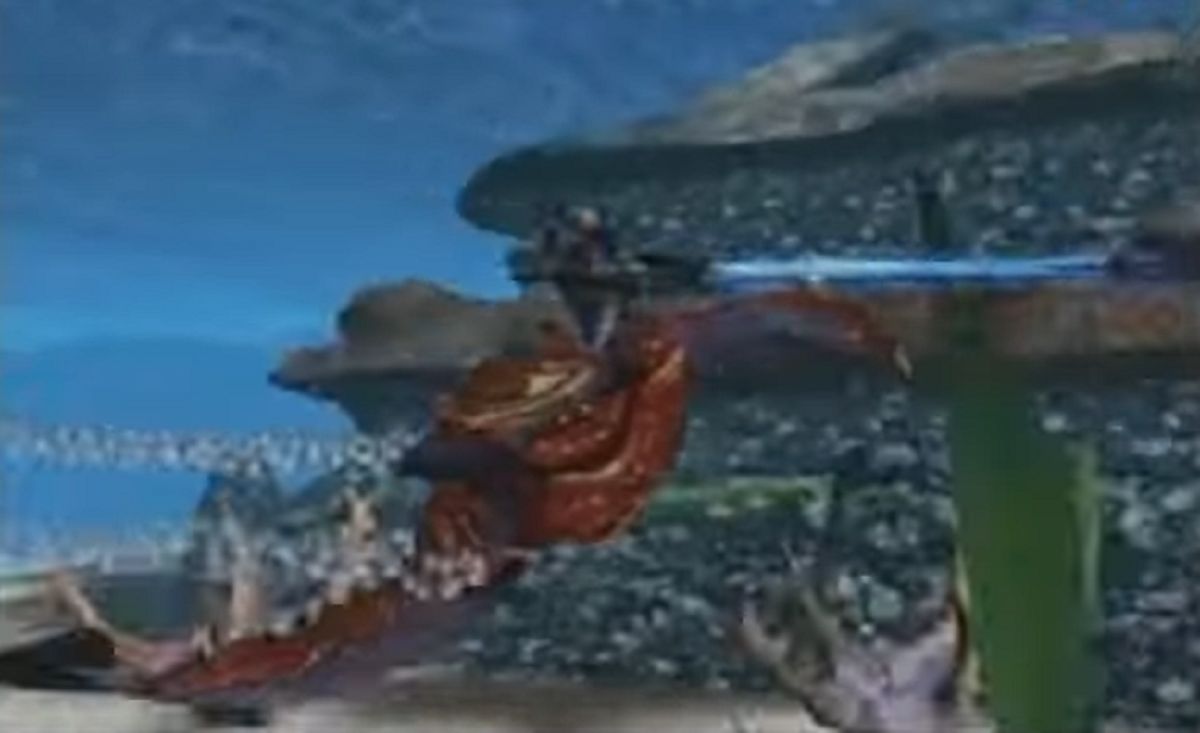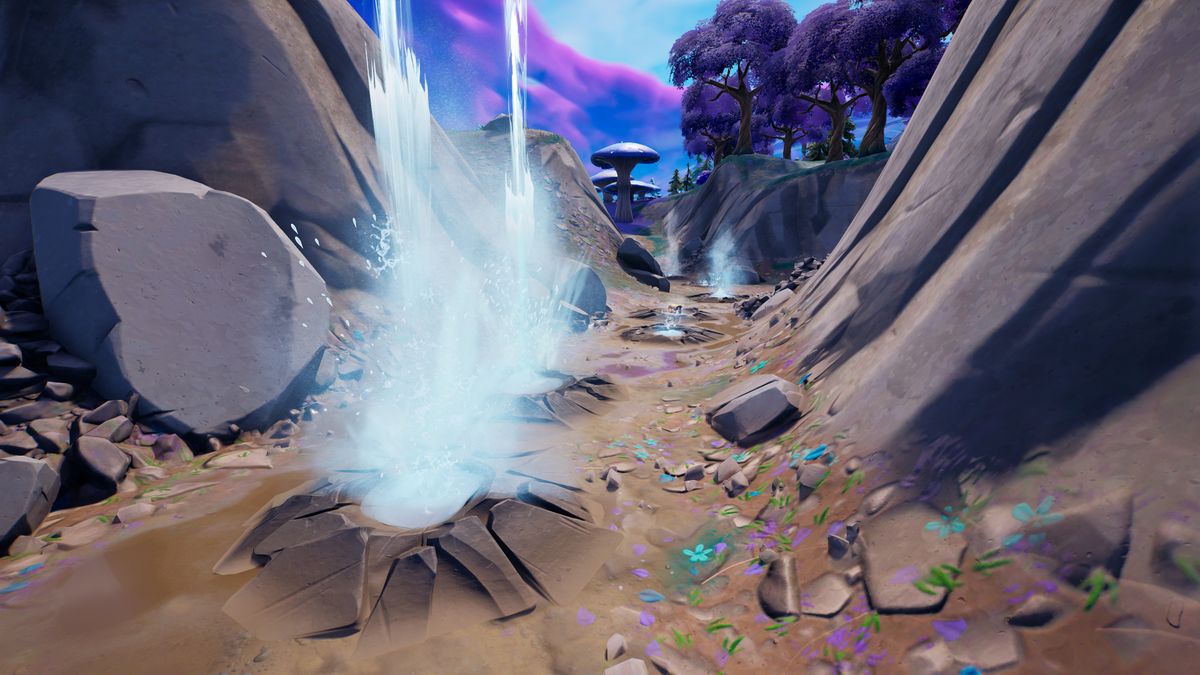“After ringing the bells and overcoming the traps of Sen’s Fortress, I really wanted the player to feel: ‘yes! I’ve made it!’” says Elden Ring (opens in new tab) game director Hidetaka Miyazaki in the Dark Souls Design Works book. I don’t know about you, but I felt that same punch-the-air euphoria well before this juncture in the first Dark Souls, after defeating Chaos Witch Quelaag in the bowels of Blighttown, toppling the Bell Gargoyles on the rooftops of the Undead Parish, and even after laying waste to the Taurus Demon on that crumbling walkway that links the church to the Undead Burg.
And I certainly felt it loads thereafter. As any Souls fan will tell you – be that Demon’s Souls, the Dark Souls games, Bloodborne, or Sekiro – the series is filled with brief flashes of triumph, moments where upon overcoming a punishing boss battle, you’ve also conquered a specific, often grueling portion of the map. You’re then given a nod and a wink in the form of ability-boosting currency and a checkpoint, and are then sent onto the next excruciating strait.
I worry that by introducing simple jump mechanics, Elden Ring could compromise these moments entirely.
Stay grounded

READ MORE

7 things we learned from Elden Ring’s 15-minute gameplay reveal
I know, I know, Elden Ring is its own game, Dark Souls is 10 years old, stop comparing apples with oranges. I hear you, I do. To be clear, I can’t wait for FromSoftware’s next venture, and was on the whole thoroughly impressed with the 20-some minutes of in-game footage the developer unveiled this week. But because the Dark Souls formula is so recognisable, and has spawned so many imitators since, that comparison between old and new regarding games from the same studio feels inevitable.
One of the main reasons FromSoftware’s games are so popular today, after all, is down to their ability to impress their rules on players, and internalising each game’s methods and customs is a huge part of their learning curves, particularly as they apply to combat. All of this likewise ties into exploration. In the original Dark Souls, ringing the Bells of Awakening in the opening stretch involves two journeys – one of lofty ascension, and another of deep descension, towards your objectives. In these instances, ringing the bells, and thus unlocking a new area to explore, marks your reward within the bounds of a sprawling, interconnected but almost always claustrophobic map. Verticality, then, both upwards and downwards, is a central tenet of Souls games, and is especially true in the original Dark Souls.
So when Elden Ring talks about verticality as it relates to ‘Spirit Springs’, ethereal launch pads which hurl steed-mounted players into the air and onto higher ground, in order to “allow stress free traversal of areas”, I can’t help but wonder how this might impact other areas of the game. The latest gameplay demo also teased Elden Ring’s classic RPG-esque map which looks huge, and the fact that we can explore its rolling hills and recumbent plains on horseback at all underlines that Elden Ring is different in structural terms than anything FromSoftware has given us before.
Relight my fire

“The question is: if we can clamber to safety when things inevitably go wrong in combat – will that drain the drama from battle?”
Later in the gameplay demo, the player is shown perched on a hill, surveying a group of enemies stationed in a wide open space below. The narrator informs that there’s treasure in a cart that’s being guarded by a group of spear-wielding knights – before the player leaps from their vantage point, breaks into a sprint and slays their enemies unawares with a volley of neat swordplay.
Granted it all looks great, but while positioning themselves above, the player is seen hopping from ledge to lintel, approaching the fight from the perfect angle before making their break, in something that better resembles Uncharted or The Last of Us than anything Soulslike. In this instance, the player prevails but if we’re afforded the same options in reverse – i.e., if we can clamber to safety when things inevitably go wrong in combat – will that drain the drama from battle? One of the reasons I love Souls games is that cycle of gauntlet-running it forces me on, where I’m constantly on edge, constantly surrounded by overpowered enemies, and constantly recalculating my tactics on the fly with only a reflex fast roll to save my skin. If I can simply turn, tail and run into a vast open field, whistle on a magic horse, or hoist myself out of danger as a matter of course, how the game will manage to maintain tension is something I find really intriguing at this stage.
Sekiro, of course, introduced grappling to the tried and tested Souls formula in 2019 to great effect, which blew its combat mechanics wide open. But it nevertheless retained that sense of dread and claustrophobia its spiritual forerunners delivered so well – something I’m just not feeling from the admittedly short glimpses we’ve seen of Elden Ring so far. Perhaps the ability to jump and engage in spacious combat set-pieces are a natural evolution of the blueprint, and perhaps you’ll find me come February 25 next year hailing simple jumping mechanics and wondering how we ever played FromSoftware games without them. I certainly feel that way about Bloodborne and Dark Souls 3’s faster pacing and multi-directional rolling.
Or perhaps I’m just an old fool, and perhaps you’ll arrive at your own pre-release conclusions about an innocuous, rudimentary mechanic when Elden Ring’s network tests roll out later this month. After that, let’s jump back into the conversation and see where we’re all at.
Elden Ring network test dates: when you can play FromSoftware’s next epic early.
 Game News Video Games Reviews & News
Game News Video Games Reviews & News



